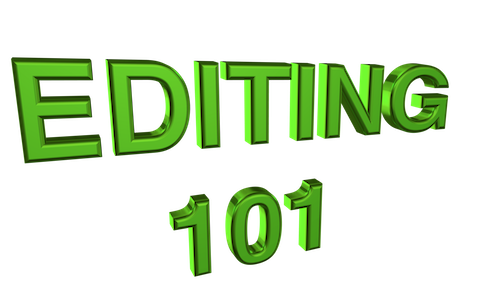Susan Uttendorfsky is on Chris The Story Reading Ape‘s blog with Part 64 of her Editing 101 series: Story Organization. This series is second to none, and I’m sorry to see it end. If you’ve missed any episodes, Chris has indexed them for us so we can bookmark. A heartfelt thank you to Susan and Chris for sharing this outstanding series ❤
Chris The Story Reading Ape's Blog
Story Organization
We talked briefly about this in Article #21, “Plotting.” But now I’d like to go into a little more detail about it.
Whether you’re a plotter or a pantser, you’re simply going to have to keep track of some details, especially if your book deals with the passage of time. And that’s just about every book ever written—whether it’s only one day throughout the whole book or a number of years, or even decades or centuries. You must keep track of what is going on when. In addition to tracking time, you can also plot out your story arc (to be the theme of a future article), false clues (red herrings), foreshadowing, and other details.
As I said in Article #21, some authors use white boards or bulletin boards, notebooks or pads of paper, sticky notes, index cards, or…walls. And then there are those who avail themselves…
View original post 649 more words


Many thanks for re-blogging and the great intro, Tina 😀 ❤
LikeLiked by 1 person
Most welcome, Chris 🙂 ❤
LikeLiked by 1 person
64 parts! And I’ve missed every one of them. OK, let me get started…
LikeLiked by 1 person
Lol Jacqui 🙂 Susan is terrific ❤
LikeLike
Really great information, Tina. Thanks so much for sharing!
LikeLiked by 1 person
Welcome, Jan ❤
LikeLike
Great re-share T. This was a fantastic series from Susan. ❤
LikeLiked by 1 person
Thanks, Deb. I learned a lot and am grateful to Susan for giving so freely of her time ❤
LikeLiked by 1 person
Me too. ❤
LikeLiked by 1 person
Thanks for sharing this lovely post!
LikeLiked by 1 person
You’re welcome, Damyanti. Thank you for stopping by ❤
LikeLike
A lot to learn over there – good choice of share, Tina!
LikeLiked by 1 person
Thank you, Christy ❤
LikeLiked by 1 person